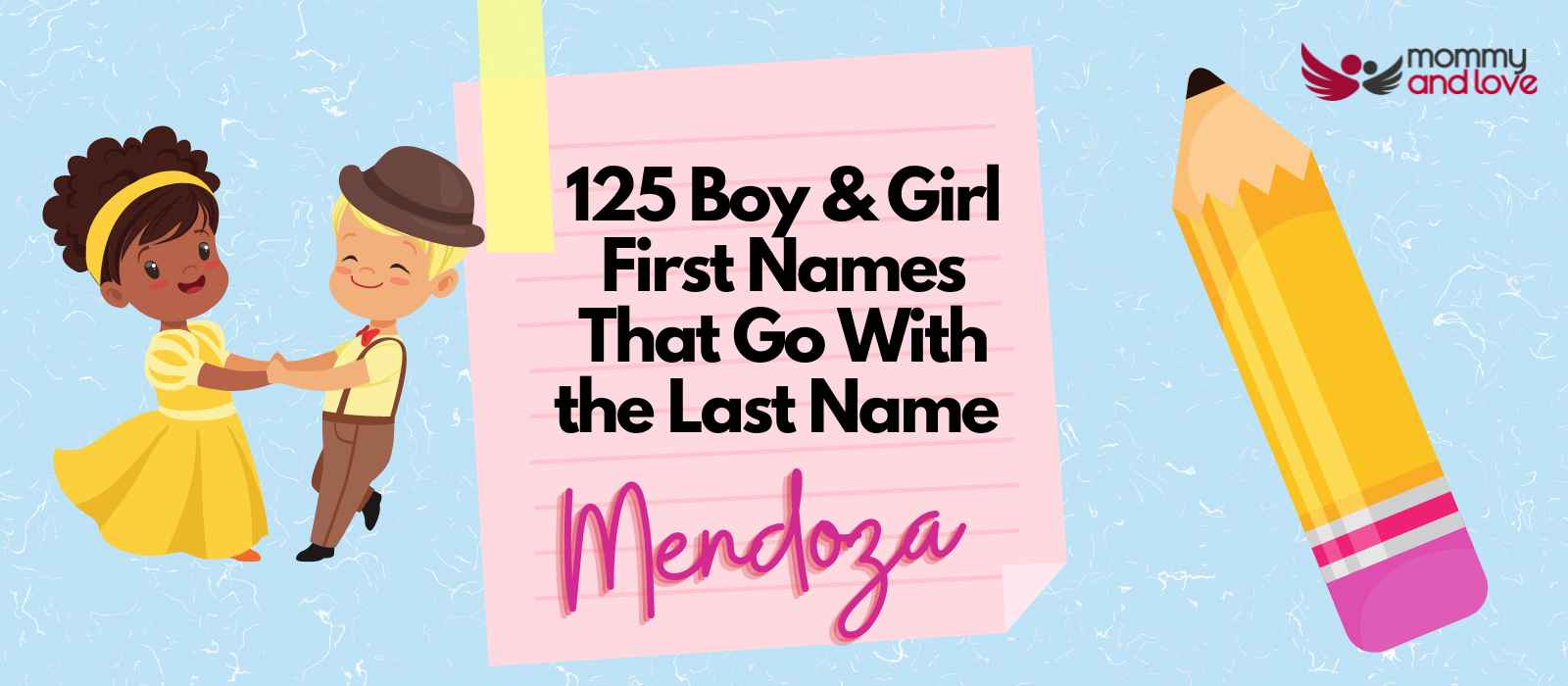If you’re looking for a fun and delicious way to start baby-led weaning with finger food, look no further than peaches!
Peaches are a great finger food for baby-led weaning because they are soft enough to be eaten with your fingers, and they have a sweet and juicy flavor that babies love.
In this blog post, we will discuss some of the best ways to feed peaches to your baby during the baby-led weaning process. We’ll also provide some recipes that will help get you started!
Are Peaches Healthy?

Peaches are rich in vitamins and minerals. They are an excellent source of vitamin C, which fights inflammation and helps prevent iron deficiency by improving iron absorption.
Peaches also contain a significant amount of potassium, which lowers blood pressure and reduces heart disease risk.
They are a good source of fiber, with one medium peach containing about 4 grams. Fiber may help reduce the risk of diabetes, heart disease, and some cancers.
When Can Babies Eat Peaches?
Babies can start eating them as soon as they are starting solids. Some kids may be able to eat them at age six months old, while others may not be ready until nine or ten months old. It’s important to pay attention to your baby’s cues and allow them to progress at their own pace.
Serve peaches fresh instead of canned peaches. And when your baby is 9 months old, you can start giving peach halves with the pit removed in a bowl. You can smear some cottage cheese to make it more delicious.
Are Peaches Choking Hazard for Babies?
Yes, peaches can be a choking hazard as they are slippery. They are also quite hard and therefore not easily broken down by the digestive system. It is best to offer them in a form of puree or mashed when first introducing them, and then slowly introduce larger chunks as your baby develops eating skills. When introducing large chunks of fruit, always supervise and be on hand to help with chewing and swallowing.
Can Babies Be Allergic to Peaches?
Yes, kids can show oral allergy syndrome to peaches but they are extremely rare. It is more common for kids to be allergic to other types of fruits like kiwis, avocados, strawberries and bananas.
How to Store and Prepare Peaches and Nectarines for Baby Food
Peach and nectarine are great ways to introduce kids to delicious foods and healthy recipes. If you’re not in an area where peaches are currently in season, no worries! They are readily available year-round at most grocery stores.
When Are Peaches In Season?
Peaches are typically in season from May through October, but the timeline may vary slightly depending on your location.
How To Select Peaches For Homemade Baby Food

The best baby peaches to add to your baby’s diet will be sweet with a bright yellow or orange color.
Avoid the ones with soft spots or bruises on the skin as these may indicate that the peach is overripe or the skin has been damaged. The skin should be free of wrinkles and deep cracks.
How Do You Store Fresh Peaches So They Last?
You’ll want to be careful not to bruise them (or any fruit for that matter), so be sure to handle them with care. They should be stored at room temperature until they ripen slightly. Once they have ripened, rock-hard frozen peach slices can be kept refrigerated in the crisper.
How to Make a Peach Puree for Babies
Cooking and prep time is around 15 – 20 minutes.
- Peel, pit and slice one pound of ripe peaches. They give off a sweet aroma and feel slightly soft when pressed gently. You can use peeled or unpeeled ripe peach, depending on your baby’s age.
- Place the peach slices in a small saucepan with 1/2 cup water.
- Cook over medium heat until they are soft enough to mash with a fork — about 10 minutes.
- Transfer the cooked fruit to a food processor or blender and blend until smooth. Add water if needed to achieve desired consistency. The puree should be thin enough to pass through a bottle nipple when cold, but not so thin that it runs out of the bottle easily.
- Pour the peach puree into ice cube trays or a small bowl and put in the freezer until solid — about two hours.
Takeaway
Baby-led weaning is a great way to introduce your little one to solid foods. Peaches are the perfect finger food for baby-led weaning because they are soft, easy to grip, and delicious! You can add them to veggies and fruits such as apples. You can also add cinnamon, yogurt or sugar
If you have wanted to work on specific meal plans and looking for professional medical advice on introducing solids, you can always talk to your baby’s doctor.
We’ve included some simple tips above that will help you get started. Have fun with it and enjoy watching your baby explore the world of baby food recipes.

This article was written by Sandra Baker – full time writer and the mother of four amazing kids (including twins!)
She’s also a breastfeeding counselor and has spent years helping new parents learn how to care for their children. When she’s not writing or caring for her children, Sandra likes to spend time reading and taking walks with her husband.




